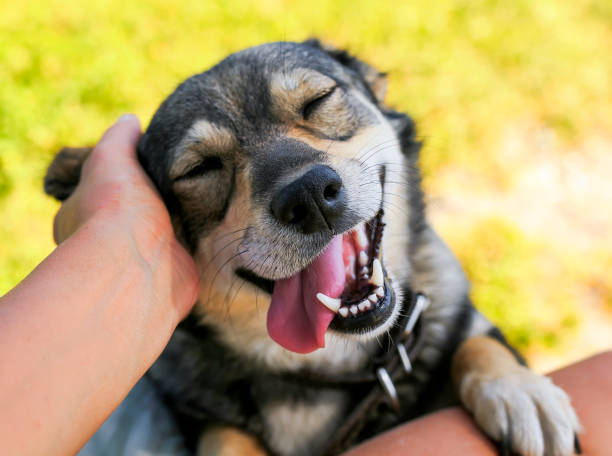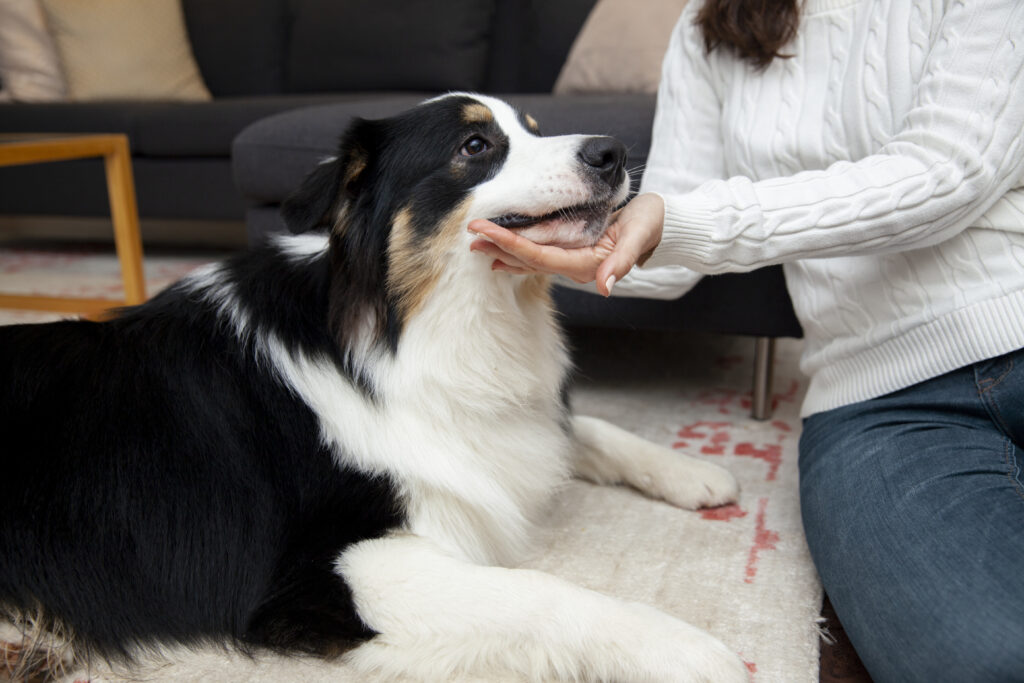
Have you ever dreamt of cuddling a furry friend but worried about the commitment of a larger pet? Well, the world of pocket pets might be the perfect solution for you! These charming, pint-sized creatures offer companionship and joy in a manageable package. But with so many adorable options to choose from, where do you even begin? This comprehensive guide dives into everything you need to know about What are pocket pets, from the different types to essential care tips, to help you find the perfect tiny companion!
What Exactly are Pocket Pets?
The term “pocket pet” refers to a variety of small animals kept as household pets. While some breeds might literally fit in your pocket (think mice or hamsters!), “pocket pet” generally refers to their manageable size compared to traditional pets like dogs or cats. These compact cuties come with a diverse range of personalities and needs, making them suitable for various lifestyles and preferences.
Popular Pocket Pet Choices:
Here’s a breakdown of some of the most popular pocket pet options to spark your interest:
- Rodents: This category encompasses a wide variety of furry friends, each with their unique charm.

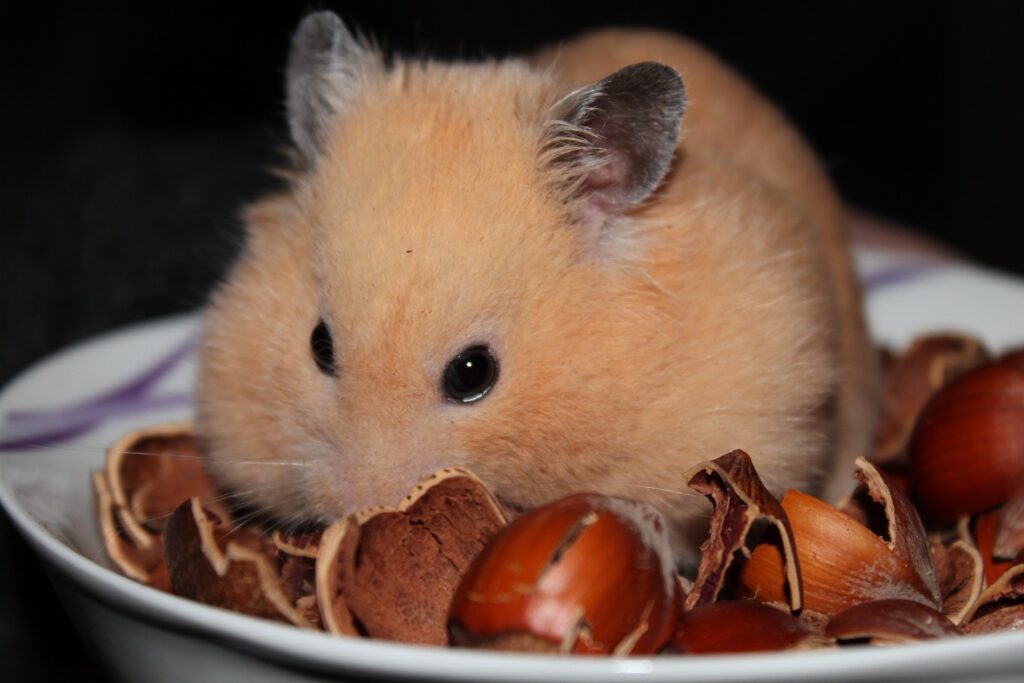
- Hamsters: These playful, energetic creatures come in various breeds like Syrian (golden) hamsters, dwarf hamsters, and Russian hamsters. They’re relatively low-maintenance but require stimulating environments with toys and exercise wheels. [hamster cage on Chewy [https://www.chewy.com/b/cages-habitats-10946]
- Gerbils: These social animals thrive in pairs and enjoy burrowing and chewing. Gerbils need spacious cages with plenty of bedding and chew toys. [gerbil cage on Petco [https://www.petco.com/shop/en/petcostore/category/small-animal/hamster-supplies/hamster-cages]]
- Mice: These intelligent creatures are highly social and can be quite affectionate. They require minimal space but need enrichment like climbing structures and hiding spots.
- Rats: Often misunderstood, rats are incredibly intelligent and social animals that can be trained to perform tricks! They require spacious cages and plenty of mental stimulation.
Also Read: 10 Eco-Friendly Pet Products to Keep Your Furry Friend Happy and the Planet Healthy
- Guinea Pigs: These gentle and vocal creatures are social and enjoy companionship. Guinea pigs need spacious enclosures with plenty of hay for both food and burrowing.
- Rabbits: While rabbits can grow larger than some other pocket pets, dwarf rabbit breeds can be quite manageable. They require spacious enclosures with litter boxes and plenty of hay and chew toys. Note: Rabbits are not typically considered true “pocket pets” due to their size, but they are popular small pets with specific needs.
Hedgehogs: These unique creatures are covered in soft spines and require specialized care. They need spacious enclosures with specific temperature control and plenty of hiding spots. Hedgehogs are not recommended for young children due to their nocturnal nature and potential for prickling.
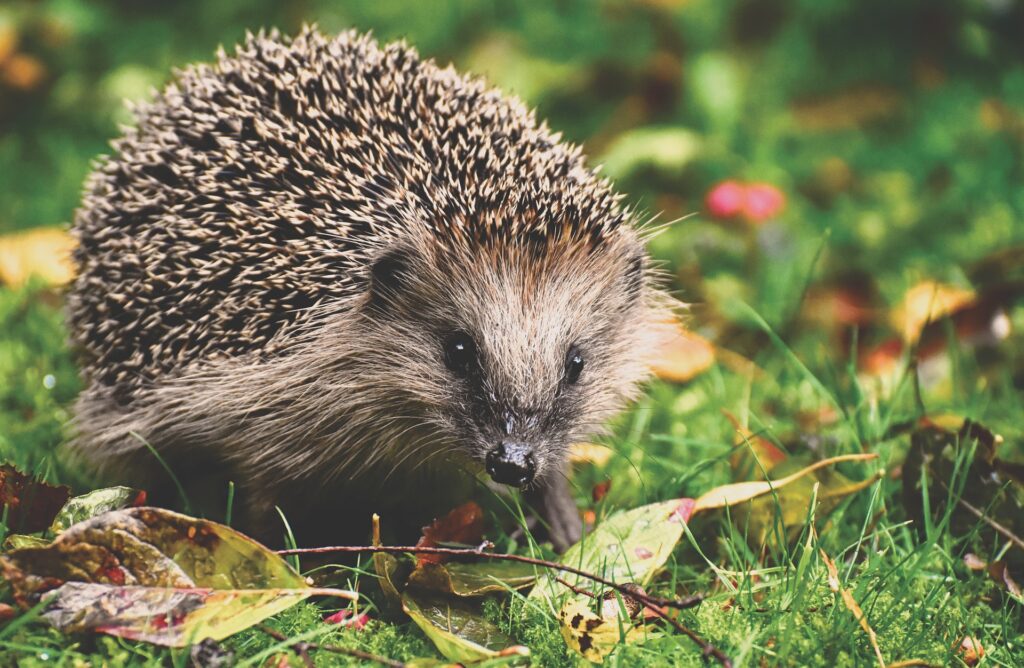

- Chinchillas: These soft-furred herbivores are social animals that require dust baths and spacious enclosures with proper ventilation. They are not recommended for hot climates or young children due to their specific temperature needs. [chinchilla cage on Amazon]
- Sugar Gliders: These adorable marsupials are social gliders requiring spacious enclosures with climbing structures and a specialized diet. They are nocturnal and not recommended for first-time pet owners due to their specific needs.
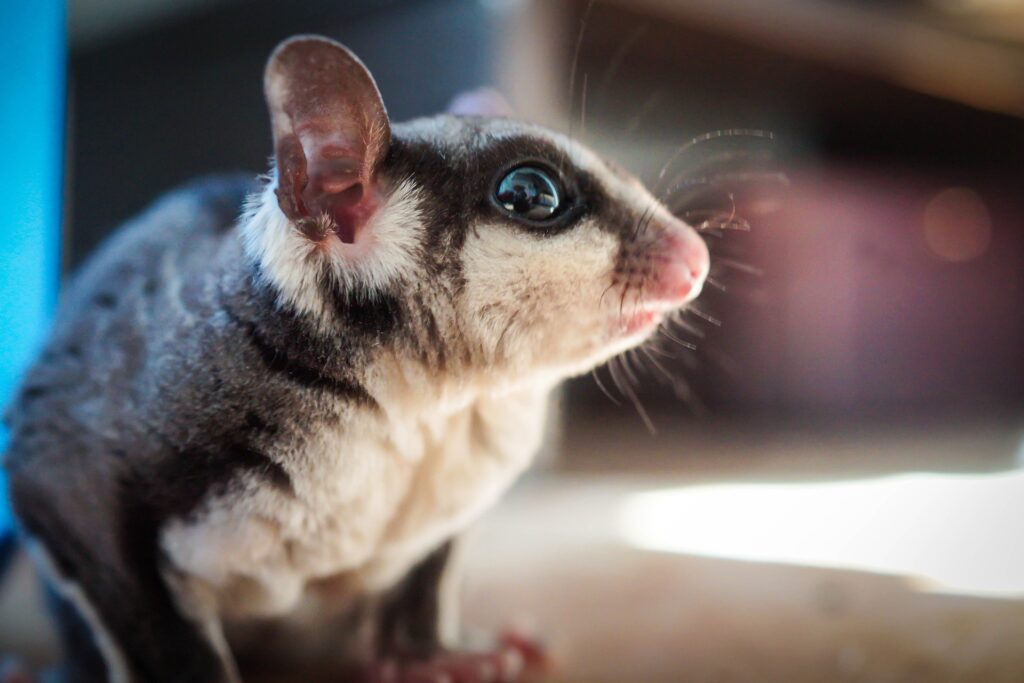

Finding Your Perfect Pocket Pet:
With such a variety of pocket pets available, it’s crucial to choose a furry friend that aligns with your lifestyle and preferences. Here are some factors to consider:
- Lifestyle: Do you have a lot of time for interaction, or are you looking for a more independent companion? Some pocket pets are more social and require daily interaction, while others are content with occasional playtime.
- Living Space: Consider the amount of space you can dedicate to your pocket pet’s enclosure. Some species, like rabbits or chinchillas, require more space than others.
- Commitment: Pocket pets can live for several years, so be prepared for a long-term commitment. Research the average lifespan of each species to ensure you can provide a loving home for your furry friend throughout their life.
- Temperament: Do you prefer a cuddly companion or a more independent pet? Research the typical personalities of different species to find a good match for your preferences.
- Maintenance: Some pocket pets require more care than others. Consider factors like cage cleaning frequency, dietary needs, and potential grooming requirements before making your decision.
- Noise Level: Some pocket pets, like guinea pigs, can be quite vocal. If you live in a quiet apartment, a less vocal species might be a better fit.
- Allergies: If you have allergies, consider hypoallergenic pocket pet options like hairless guinea pigs or certain rat breeds.
Bringing Your Pocket Pet Home:
Once you’ve chosen your perfect pocket pet, it’s time to prepare for their arrival! Here are some essential steps:
- Find a reputable breeder or pet store: Ensure you’re getting your pet from a responsible source that prioritizes animal welfare.
- Set up their enclosure: Get the appropriate cage size and equip it with all the necessary supplies like bedding, food and water bowls, hiding spots, and toys specific to your chosen pet.
- Gather essential supplies: Stock up on food formulated for your specific pet species, hay (for rabbits and guinea pigs), and any necessary cleaning supplies.
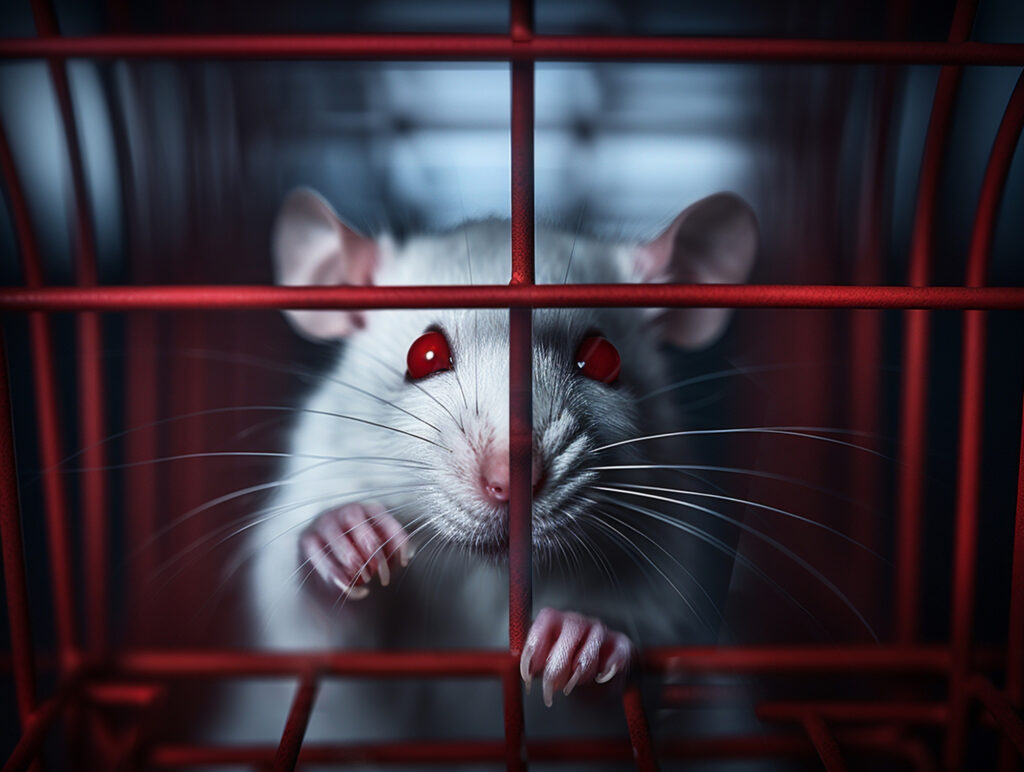

- Do your research: Learn as much as possible about your pet’s specific care needs, including diet, cleaning schedule, and potential health concerns.
Pocket Pet Care Essentials:
Now that your adorable little friend is home, let’s explore some essential care tips to ensure their well-being:
- Diet: Provide your pet with a high-quality diet formulated for their specific species. Fresh fruits and vegetables might be appropriate for some herbivores, but always research safe options for your pet.
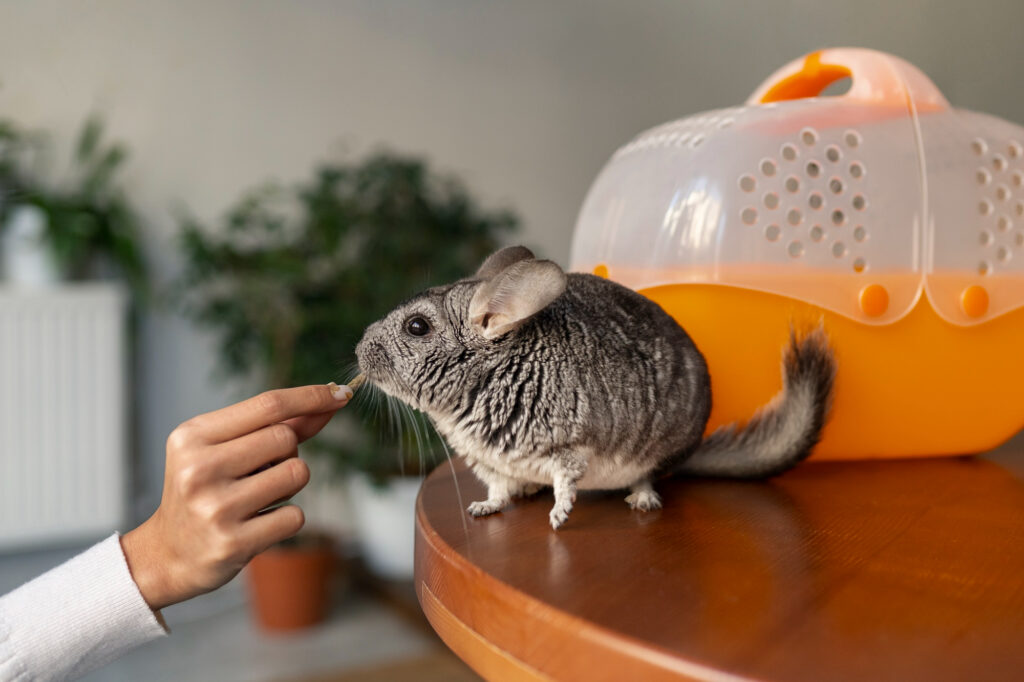

- Fresh water: Provide your pet with a clean, readily available water source at all times. Consider using a water bottle with a sipper tube to prevent spills.
- Habitat Maintenance: Clean your pet’s enclosure regularly to prevent the buildup of waste and odors. Spot clean daily and perform a thorough cleaning with appropriate disinfectants weekly or bi-weekly, depending on the species.
- Exercise and Enrichment: Many pocket pets require opportunities for exercise and mental stimulation. Provide them with appropriate toys, climbing structures, and hiding spots to keep them engaged and prevent boredom.
- Veterinary Care: Schedule regular checkups with a veterinarian experienced in exotic pets. Early detection and treatment of potential health issues are crucial for your pet’s well-being.
Also Read: 07 Tips for Personalized Pet Nutrition Plans: Fueling Your Pet’s Best Life
The Joy of Pocket Pets: Final Thoughts
Owning a pocket pet can be an incredibly rewarding experience. These tiny companions offer unconditional love, entertainment, and a unique connection with the animal world. By choosing the right pet for your lifestyle and providing them with proper care, you can create a lasting and loving bond with your pocket pal!
Remember: Always do your research before bringing any pet home. Ensure you can provide a loving, responsible environment for your chosen pocket pet throughout their lifespan.
Happy Pocket Peting!
Pocket Pals: A Guide to the Adorable World of Pocket Pets: FAQ
Choosing a pocket pet is an exciting decision, but with so many options, it can also be overwhelming. This FAQ section tackles some common questions to help you navigate your pocket pet journey:
- Are pocket pets really low-maintenance pets?
Pocket pets require less maintenance than larger pets like dogs or cats, but they still have specific needs. The level of care required varies depending on the species. For example, hamsters are relatively low-maintenance, needing daily cage cleaning and fresh food and water. On the other hand, chinchillas require specialized dust baths and temperature control, making them a bit more demanding.
- What are some good pocket pet options for first-time owners?
If you’re new to pet ownership, consider species known for being relatively easy to care for. Good options include guinea pigs, mice, or certain dwarf hamster breeds. These animals are generally social and can be quite affectionate, making them rewarding companions.
- I live in a small apartment. Are there any pocket pets suitable for limited space?
Absolutely! Several pocket pet species thrive in smaller spaces. Consider mice, hamsters (dwarf breeds), or even some smaller rat breeds. Remember, even smaller animals require appropriate cage sizes, so research the minimum cage size requirements for your chosen pet.
- Can pocket pets be cuddly companions?
While some pocket pets are more independent, several species can be quite cuddly and affectionate. Guinea pigs, for instance, enjoy being held and petted. Rats can be very social and love interacting with their human companions. Even some hamster breeds can become tame and enjoy gentle interaction.
- How much do pocket pets typically cost?
The cost of a pocket pet varies depending on the species, breeder, and pet store. Generally, you can expect to pay anywhere from $10 to $100 for the pet itself. However, factor in the cost of the enclosure, food, bedding, and other supplies when budgeting for your new pocket pal.
- Are pocket pets a good choice for families with young children?
Some pocket pets can be a great fit for families with children, but it depends on the species and the age of the children. Gentle and social animals like guinea pigs can be wonderful companions for older children who can learn responsible pet care. However, smaller, more delicate animals like mice or hamsters might not be suitable for very young children who might unintentionally handle them too roughly.
- How long do pocket pets typically live?
The lifespan of pocket pets varies greatly depending on the species. Hamsters typically live for 1-2 years, while guinea pigs can live for 5-8 years. Rats can live for 2-3 years, and rabbits can live for 8-12 years or even longer. Always research the average lifespan of your chosen pet to ensure you can commit to providing a loving home for their entire life.
- Do pocket pets smell?
Any animal can have some odor if their cage isn’t cleaned regularly. However, some pocket pets are known for having stronger smells than others. For example, chinchillas require dust baths to maintain their fur, and this dust can contribute to cage odor. Regular cleaning and choosing the right type of bedding for your specific pet are essential for minimizing odors.
- Can pocket pets be litter box trained?
Some pocket pets, like rabbits and guinea pigs, can be litter box trained with patience and positive reinforcement. However, other species, like hamsters or mice, might not be litter trainable. Research the litter training potential of your chosen pet species before assuming they’ll automatically use a litter box.
- What are some signs of a healthy pocket pet?
A healthy pocket pet will be active, alert, and have a clean, shiny coat. They should be eating and drinking normally and their eyes should be clear and bright. Any unusual lethargy, loss of appetite, or changes in droppings could be signs of illness. If you notice any concerning signs, schedule a visit with a veterinarian experienced in exotic pets.
